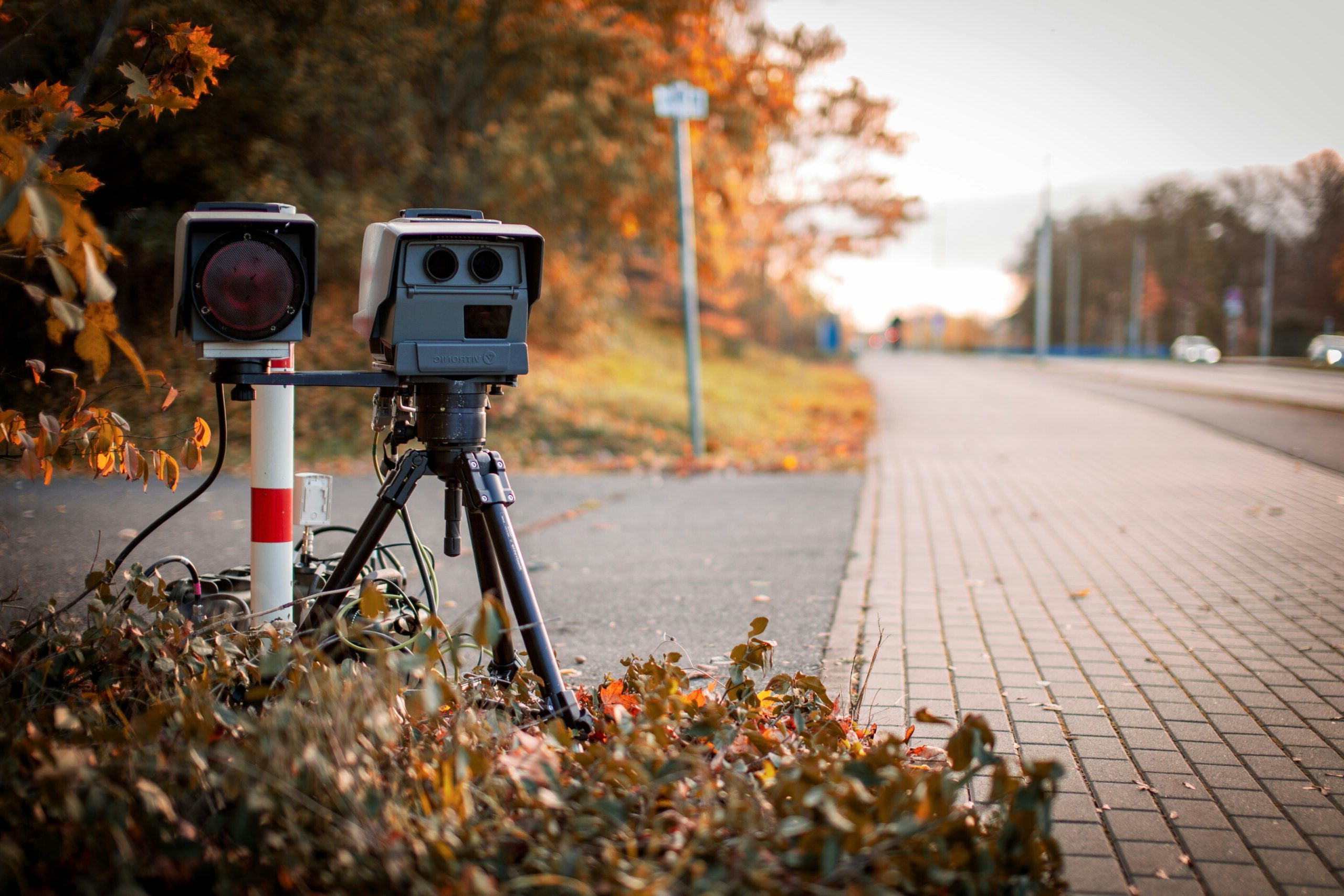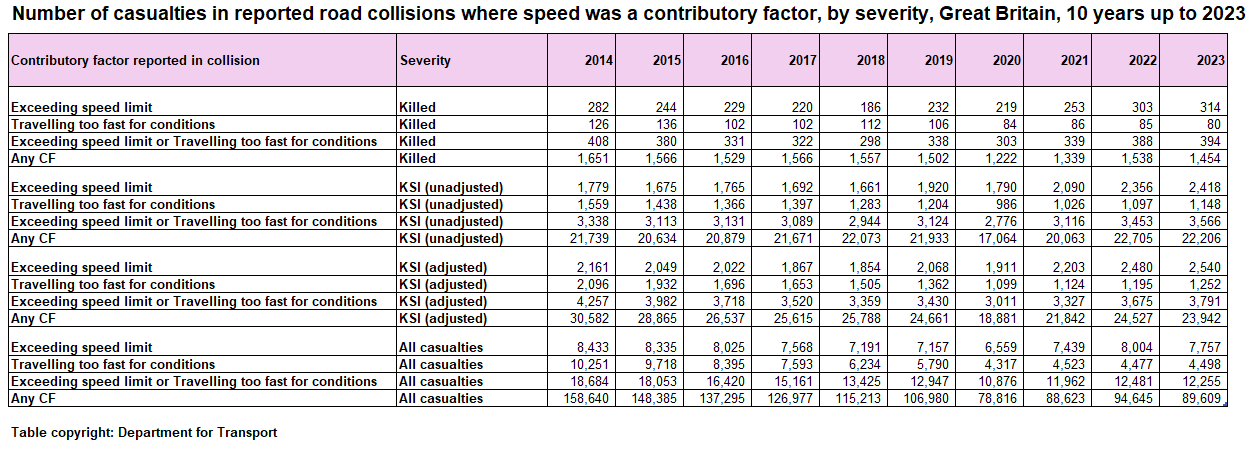Speeding remains one of the major factors contributing to road traffic accidents across the UK, raising an important question: should hidden static speed cameras be introduced to encourage drivers to slow down?
With thousands of drivers exceeding speed limits and increasing the risk of accidents, the introduction of covert cameras could be the next step in tackling dangerous driving habits.
A spokesperson for Patterson Law states: “Speed cameras do not have to be visible by law. There are guidelines that suggest they should be, but if you challenge the allegation the only thing the court will be interested in is whether or not the police can prove their case against you beyond reasonable doubt.”
On the subject of mobile speed cameras, they continue: “The police are perfectly entitled to hide in a bush if they so choose.”
According to statistics from the Department for Transport (DfT), in 2023, there were 1,624 reported road fatalities in the UK, with an additional 29,711 people seriously injured. While these figures represent a slight decrease compared to previous years, speeding remains a significant contributor to these incidents. The DfT’s data suggests that around 22% of fatal crashes in 2022 were directly linked to drivers exceeding the speed limit or driving too fast for the conditions.
Although the numbers have declined slightly over the past 10 years, the recorded deaths and injuries remain stubbornly high. There is a hardcore of drivers that don’t get the message.
The Killed or Seriously Injured (KSI) figures are particularly concerning, as they underscore the life-altering consequences of speeding. In fact, studies show that the severity of a crash increases dramatically with speed. A pedestrian hit by a car at 30mph has a significantly higher chance of survival compared to one struck at 40mph. In this context, measures that encourage drivers to slow down could save countless lives.
In the UK, speed cameras are widely used as a deterrent against speeding. The types of speed cameras vary, ranging from fixed cameras and mobile units to average speed cameras. Under current legislation, the visibility of speed cameras is subject to certain guidelines. According to the Department for Transport, static speed cameras must be clearly visible, usually painted bright yellow, and accompanied by warning signs to alert drivers.
The DfT state within their guidance: “This camera signing, visibility and conspicuity guidance has no bearing on the enforcement of offences. Non-compliance with this guidance does not provide mitigation of, or defence for, an alleged offence under current UK law.”
However, there is a growing belief that the visibility of cameras gives drivers an opportunity to slow down only when they see the devices, rather than maintaining a consistent, safe speed throughout their journey.
Claire Armstrong, co-founder of campaign group Safe Speed, has expressed her concerns: “The current system of visible speed cameras has created a culture where drivers only adjust their behaviour temporarily. It’s important to foster a mindset of permanent safe driving, not one of temporary compliance.”

Mobile speed camera. Photo by Denny Müller on Unsplash
The proposal to introduce hidden speed cameras has been a subject of debate in recent years. Proponents argue that covert cameras would be far more effective in modifying driver behaviour, as drivers would be less likely to take risks if they were unaware of when and where they might be caught. It would encourage motorists to maintain safe speeds consistently rather than only in the vicinity of visible cameras.
In support of this idea, road safety charity Brake has been vocal about the potential benefits of hidden speed cameras. Mary Williams, CEO of Brake, stated: “Speeding is a killer, and every measure that discourages this behaviour should be on the table. Hidden cameras would prevent drivers from gaming the system, leading to safer roads for everyone.”
Not everyone is in favour of this approach. Opponents argue that hidden speed cameras could be seen as a form of entrapment, where drivers are penalised without adequate warning. Additionally, they suggest that hidden cameras could erode public trust in law enforcement, as many drivers might feel targeted unfairly.

Photo by Matt Seymour on Unsplash
Edmund King, President of the AA, raised concerns about the potential backlash: “We need to strike a balance. While safety is paramount, we cannot allow speed enforcement to feel like a covert operation against motorists. Trust between drivers and authorities is essential.”
There is also the question of whether hidden speed cameras would actually result in fewer accidents or simply lead to an increase in fines without a corresponding improvement in road safety. Some studies have shown that drivers respond more positively to visible deterrents, knowing they are being monitored in real-time.
With speeding continuing to be a leading cause of road fatalities and serious injuries in the UK, the debate over hidden static speed cameras is one that should not be ignored. While visible cameras serve as a clear deterrent in certain areas, hidden cameras could offer a more consistent and widespread approach to reducing speed-related accidents.
As the statistics show, lives could be saved by addressing speeding more effectively, but the potential backlash from motorists should also be considered. Whether the UK moves towards covert enforcement or sticks with the current model, one thing is clear: speeding remains a major threat on the roads, and innovative solutions must be explored to curb this dangerous behaviour.
Author: Mark Salisbury, Editor, Fleetpoint





















